4T-Maintenance of Traffic Plans
The Traffic Control Plans course discusses the issue of work zone traffic control safety as it relates to plan design. Both safety and potential delay to the public caused by traffic interruptions during construction need to be addressed.
Description:- Work zone traffic control is an important function affecting the safety or motorists, pedestrians and work zone personnel. Every effort should be made to eliminate or reduce accidents within work zones. In addition to safety, the potential delay to the public – caused by traffic interruptions during construction should be reduced when possible.
The MUTCD states:- “To be effective, a traffic control device should meet five basic requirements:”
- ∙ Fulfill a need
- ∙ Command attention
- ∙ Convey a clear and simple meaning
- ∙ Command respect of road users
- ∙ Give adequate time for proper response
In addition, traffic controls in work zones are to:
- ∙ Warn motorists and pedestrians of hazards
- ∙ Advise motorists of the proper travel path through the areav
- ∙ Delineate areas where traffic should not operate
- ∙ Separate and protect motorists, pedestrians, and the work force
The components of maintenance of traffic plans apply to the mainline roadway, crossroads, side streets, and off –ramps. Regulatory, warning and guide signs can be utilized to inform the motoring public of the work being performed. Channelizing devices such as cones, tubular markers, drums, vertical panels, type I barricades, type II barricades, directional indicator barricades and type III barricades can be used to move traffic around construction areas. Arrow panels and variable message signs can be used to notify the driver of construction activity. The components of traffic control zones consist of advance warning area, transition area, activity area and termination area. Tapers are utilized to shift traffic around work areas. The lengths of these areas are defined in the course. If a lane is to be closed for construction, a lane closure analysis must be completed to determine the times of the day at which the lane can be closed. Pedestrians and bicyclists must be accommodated in the maintenance of traffic plans. Flaggers can be used to stop, release and slow traffic in the construction area. A temporary traffic control (TTC) plan should be developed for use during construction. .
Maintenance of Traffic Outline The Traffic Control Plans course discusses the issue of work zone traffic control safety as it relates to plan design. Both safety and potential delay to the public caused by traffic interruptions during construction need to be addressed.
The fundamental principles of work zone traffic control are:
- ∙ Make traffic safety an integral and high priority element of every project.
- ∙ Avoid inhibiting traffic flow as much as possible.
- ∙ Guide motorists in a clear and positive way.
- ∙ Perform routine inspection of traffic control elements.
- ∙ Give constant attention to roadside safety.
The requirements for traffic control devices and human factor principles for work zones are also discussed. The components of traffic control plans are listed. Definitions of work zone devices are provided along with reference to use of the Qualified Products List (QPL). Work zone device requirements are defined in detail. Traffic control planning is defined as a set of plans describing how traffic will be controlled during each construction phase. The components of traffic control zones, tapers types and lengths, lane closure and detours are included. Transportation management plan development is described as a method for minimizing activity-related traffic delay and accident by the effective application of traditional traffic handling practice and innovative combination of community and motorist collaboration. This course will provide the necessary information to provide an understanding of Maintenance of Traffic Plans. The fundamental principles of work zone traffic control are discussed. The requirements of traffic control devices and human factor principles for work zones are also discussed. The components of maintenance of traffic plans are listed. Work zone device requirements are defined in detail. Traffic control planning is defined as a set of plans describing how traffic will be controlled during each construction phase. The components of traffic control zones, tapers types and lengths, lane closure and detours are included. Transportation management plan development is described as a method for minimizing activity-related traffic delay and accident by the effective application of traditional traffic handling practice and innovative combination of community and motorist collaboration. The course is designed to provide a basic knowledge of traffic control plans from which an engineer can use this information in plan design.
| Objetivos de aprendizaje | Objectives
|
|---|---|
| Horas de Contacto | 4 Horas |
| Cursos CIAPR | CURSO TECHNICO |
| Instructor | Debra Kennaugh, P.E. |
| Dispositivos | Desktop, Tablet, Mobile |
| Idioma | English |
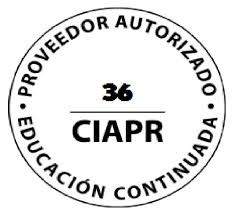
IACET ACCREDITED PROVIDER
|
Self Learning Solutions LLC es una empresa con más de 14 años de experiencia en este mercado. En Self Learning Solutions estamos orgullosos de haber obtenido la acreditación IACET para nuestra organización, junto con las aprobaciones necesarias para comercializar nuestros productos en todo Estados Unidos. Self Learning Solutions está acreditado por la Asociación Internacional para la Educación y Formación Continua (IACET). Self Learning Solutions cumple con el estándar ANSI / IACET, que es reconocido internacionalmente como un estándar de excelencia en las prácticas de instrucción. Como resultado de esta acreditación, Self Learning Solutions está acreditada para emitir la CEU IACET. |
Requisitos del sistema de SLSTECH
Para ejecutar nuestro sistema de manera eficaz, como mínimo, debe utilizar los componentes del sistema que se enumeran en esta página. Si no lo hace, es posible que el sistema aún funcione pero que se pierda alguna funcionalidad. Las configuraciones internas de los entornos de IT del lugar de trabajo también pueden restringir la funcionalidad de nuestro sistema. El acceso al contenido puede verse afectado, al igual que la posibilidad de subir archivos. También pueden aplicarse limitaciones de tamaño de archivo. Los lugares de trabajo también pueden tener versiones anteriores de software, y nuestro sistema puede no funcionar bien con estos.
Sistema operativo
-
Recomendado: Windows 7, 10, Mac OSX Sierra, iPad IOS10
Velocidad de Internet
-
Use una conexión de Internet (broadband connection) (256 Kbit / seg. o más rápida, esto le permitirá ver videos y presentaciones en línea) a través de un módem inalámbrico USB, ADSL, T1 / T2, fibra óptica o cable.
-
El acceso telefónico será mucho más lento y no lo recomendamos para usar nuestro systma.
Navegadores de Internet
Los navegadores compatibles incluyen:
-
Google Chrome 32 bit versión 50 o posterior (recomendado para una compatibilidad óptima, esto se ha probado exhaustivamente en Windows)
Safari 10 o posterior (recomendado para una compatibilidad óptima, esto se ha probado exhaustivamente en Mac)
Tenga en cuenta que los complementos y las barras de herramientas pueden afectar el rendimiento de cualquier navegador.
-
No se recomienda MS Internet Explorer
Configuraciones
Recomendamos que se habilite lo siguiente:
-
Cookies
-
Ventanas emergentes "Pop-ups" (tanto en el navegador de Internet como en el software de seguridad)
-
Javascript
-
Le recomendamos que utilice la última versión de Adobe Flash Player.
Software
-
Le recomendamos que utilice la última versión de Adobe Acrobat Reader.
-
Para ver todos los recursos cargados en Hazmat Authority, es probable que necesites tener instalado Microsoft Office (Word, Excel, PowerPoint) o un equivalente (por ejemplo, Open Office, Viewer).
Seguridad
Con todos los "firewalls", asegúrese de habilitar la carga de archivos.



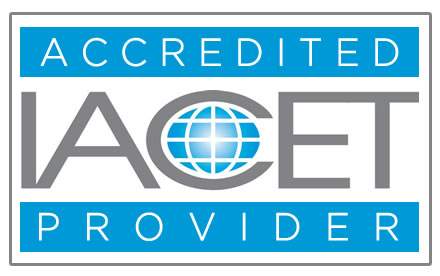


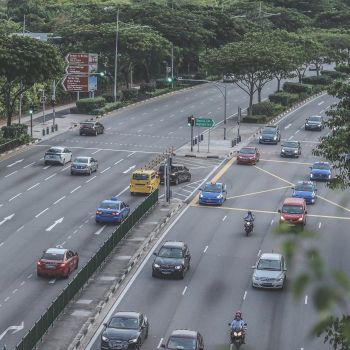
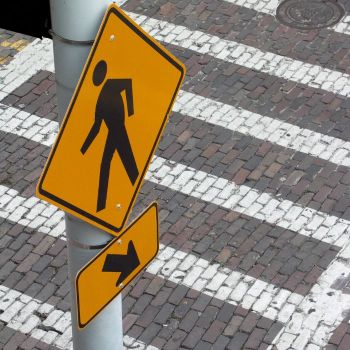

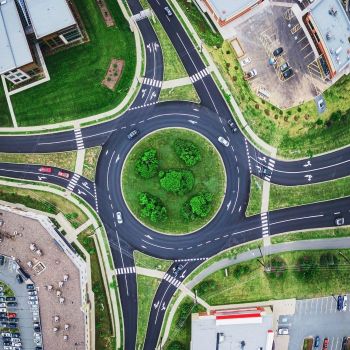




Validate your login
Registrarse
Crear una nueva cuenta